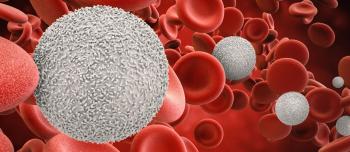The National Hemophilia Foundation’s (NHF) Nursing Working Group has been revising and expanding the Nurses’ Guide to Bleeding Disorders (NGBD). First published in 1995, the guide provides comprehensive information and practical ideas to assist nurses at all levels in caring for patients with bleeding disorders.
Over the last several years, the NGBD has further evolved into a readily accessible online resource, serving as an introduction to nurses new to coagulation and as an information source for more experienced nurses. New chapters, which continue to be added in downloadable PDF format, cover a wide range of topics such as hepatitis, orthopedics, pain, rare bleeding disorders and women with bleeding disorders.
Authored by Jim Munn, RN, BS, BSN, MS, the chapter “Rare Coagulopathies” provides an overview of the uncommon and often less understood conditions affecting coagulation such as rare factor deficiencies and platelet disorders. Munn explains the clinical features, diagnosis and treatment for deficiencies of factor proteins I, II, V, VII, X, XI and XIII, and platelet-related conditions such as Bernard Soulier syndrome, plasminogen activator inhibitor-1 (PAI-1) deficiency and Glanzmann’s thrombasthenia. The author also describes other inherited conditions that are associated with bleeding symptoms, including Ehlers-Danlos syndrome.
Munn ends by stressing the need for enhanced research and the development of evidence-based clinical guidelines so that individuals affected by these rare conditions may ultimately experience a level of care equal to those currently benefiting patients with better understood disorders.
“Knowledge of the clinical features, diagnosis and treatment of rare bleeding diatheses is essential for the bleeding disorders nurse and will help lead to safe, competent and compassionate care for patients affected by these conditions,” concluded Munn.





